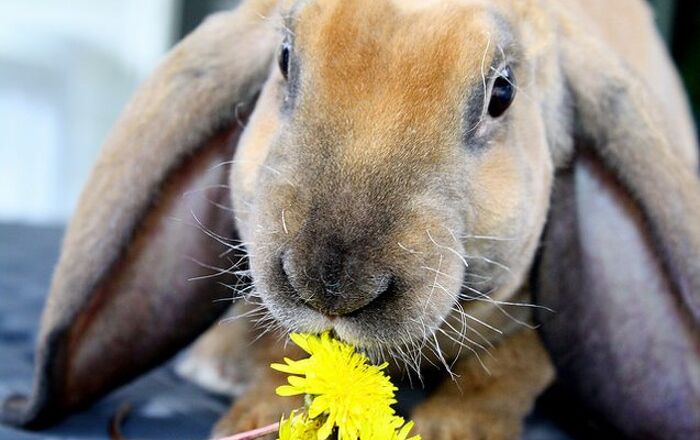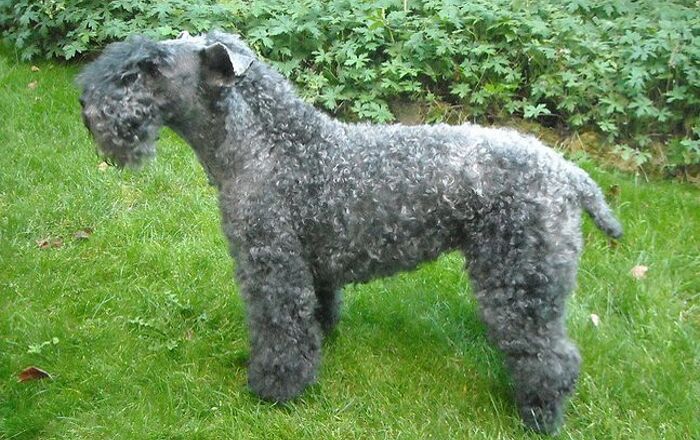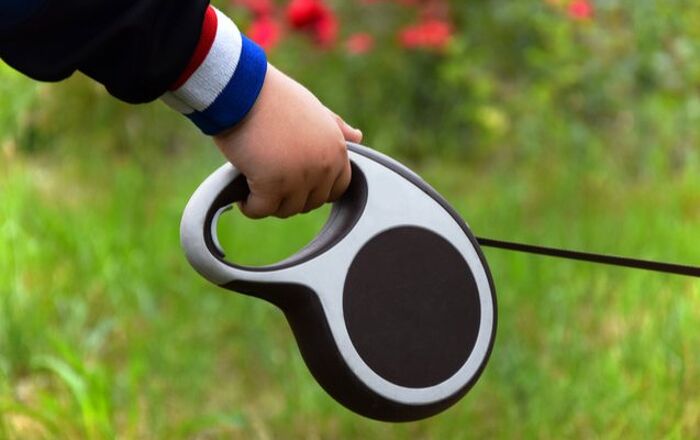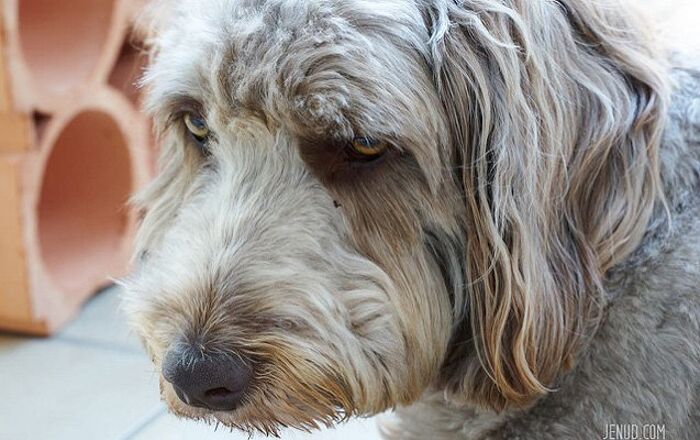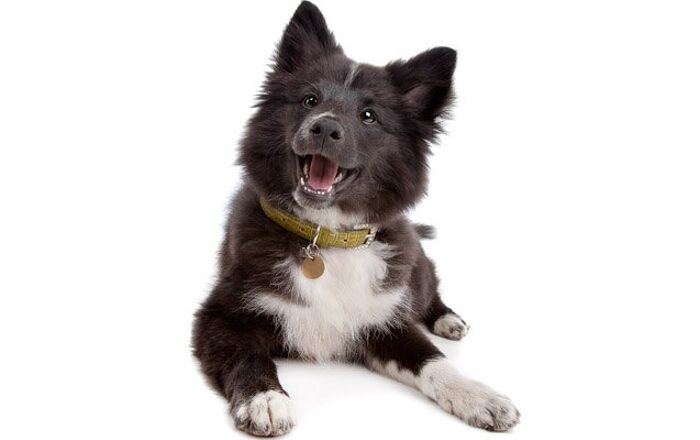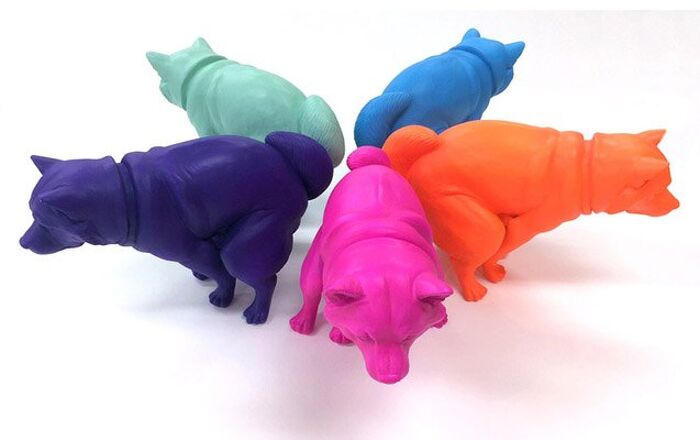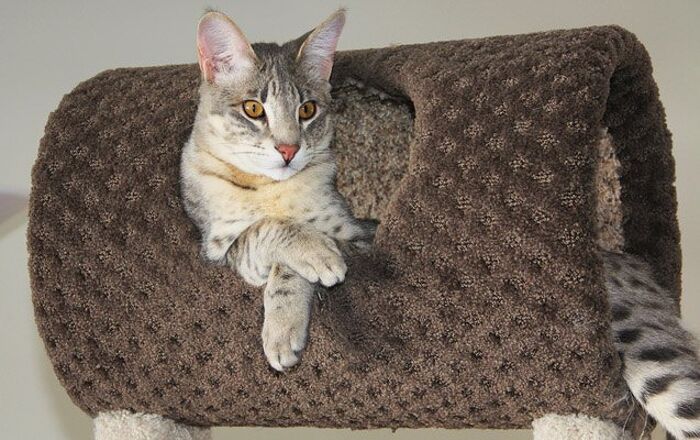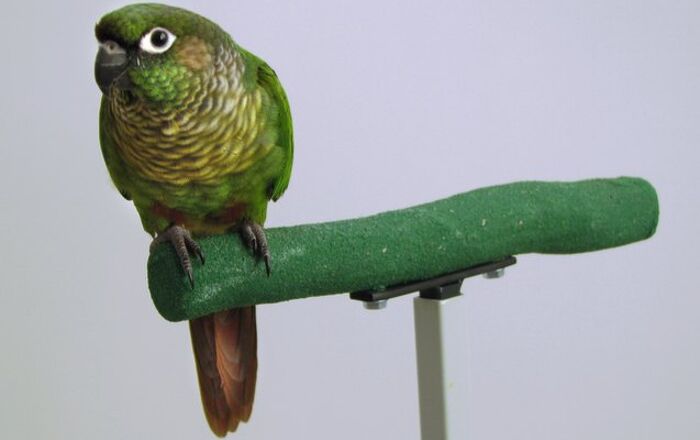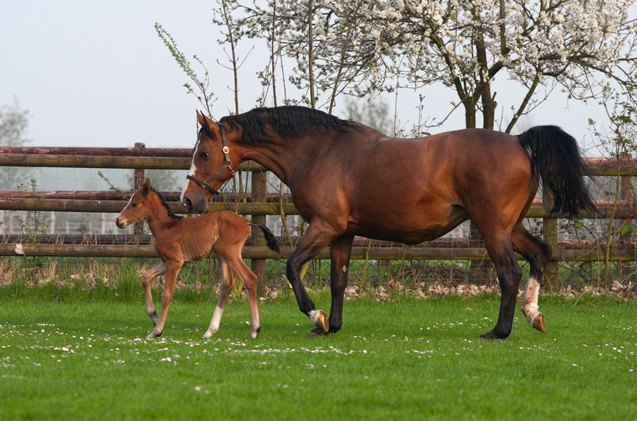
Westphalian Horse Breed History
The Westphalian Horse, which is also known as the Westfalen Horse, originated in Westphalia, which is the biggest state in Germany that is located within the North Rhine area of the western part of the country. This region is found between the Weser and the Rhine rivers, and wild horses roamed free throughout these marshlands, where farming was not possible, during Roman times. Today, there remains one group of semi-wild horses that still roams the area, and each year, young stallions are caught and auctioned off.
The Westphalian Horse is a descendant of those wild horses. Breeding horses is a tradition that dates back hundreds of years in Westphalia, but this equine breed was not created until 1826. Throughout the years, Oldenburg, Anglo Norman, Thoroughbred, and Hanoverian blood was used to develop the Westphalian breed.
Westphalians have a relaxed nature, making them easy to work with.
Before the invention of the tractor, the Westphalian Horse was used as a farm horse, as these animals were strong enough to pull carts to town, carry riders, and plow fields. However, these days, the breed is used in more versatile ways. Not only can these horses pull carriages, but they can also be used in equine eventing, dressage, and jumping.
In 1999, the Westfalen Horse Association was created by dedicated enthusiasts of this unique equine breed. Their focus was to promote and support the Westphalian throughout the United States. The organization is an affiliate of the breed’s German Association, which is in charge of handling breed registrations and records.
Breed Traits
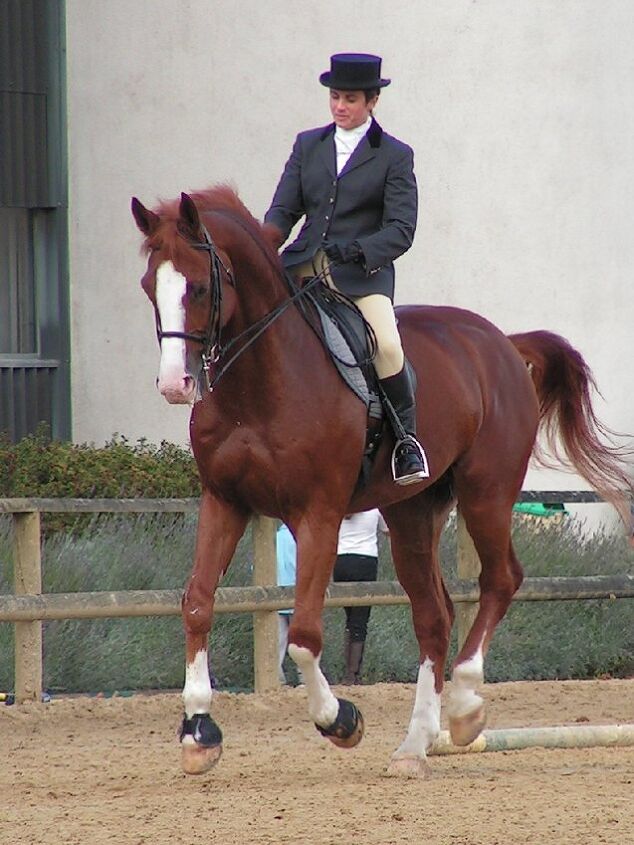
Westphalian horses are hugely popular because they have a relaxed nature, so they are known for being composed and easy to work with. They are easy to ride and easy to train as well, and you can work with this breed whether you are a beginner or a professional rider or trainer. However, because these horses are big movers, they might not be suited to casual riders. These horses do, however, perform extremely well in dressage and show jumping.
These athletic, attractive, and strong horses are also known for their work ethic, so they will be dedicated and willing to work with you, all while remaining even-tempered and cooperative. Overall, they are a pleasure to work with and be around.
The Westphalian is similar in appearance to the Hanoverian.
Overall Description
The Westphalian Horse is similar in its physical appearance to the Hanoverian Horse. Its attractive head features either a slightly dished or a straight profile. The neck should be long, and the chest should be deep.
This horse will also feature powerful loins, sloping shoulders, a medium length back that is broad and straight, and strong hindquarters with a tail that is set high. Even though the legs are short and the joints are large and pronounced, they are also muscular, and you will notice that the forearms, in particular, have strong muscles. The hooves are well shaped and hard as well.
This breed will have great suspension, and will even appear elegant as it moves, thanks to its muscular quarters and powerful body. It also features a lighter build when compared to other warmblood equine breeds, which contributes to its freedom of movement.
Because the Westphalian Horse is not considered a specialist in any single type of equine sport, it can be hard to pinpoint the specific conformation for these horses. In fact, one horse could look different from the next.
Westphalians will have great suspension and appear elegant as they move.
Colors
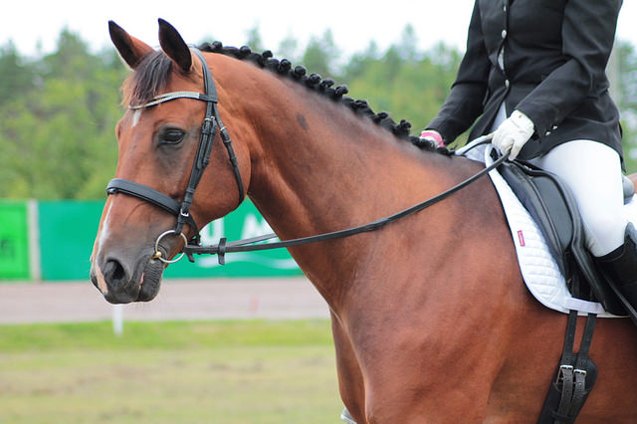
You can find beautiful Westphalian horses featuring all of the solid equine colors. However, the most common coat colors for the Westphalian Horse are black, gray, chestnut, and bay.
Grooming Requirements
As with all other equine breeds, the Westphalian Horse greatly benefits from a consistent grooming routine. Use your grooming sessions to bond with your horse, as well as to massage and clean the skin and coat to keep your equine companion healthy and clean.
In addition to using equine shampoo to thoroughly cleanse your horse whenever necessary, a standard equine grooming kit will ensure that you can detangle the tail and mane and smooth out the entire coat.
After brushing your horse’s entire body with a curry comb, you can use a dandy brush and shedding blade, if necessary, to remove additional debris, dirt, mud, and loose hair. You can focus on sensitive areas, such as the horse’s legs and face, with a body finishing brush and damp rag, and then follow those tools up with a mane comb and tail brush to detangle the long, flowing hairs on those areas of the body. Finally, use a hoof pick to thoroughly clean the hooves of any debris, dirt, and rocks, and be sure to inspect the hooves closely to ensure that they are healthy as well.
Photo credit: Madrabothair/Depositphotos; Anniina/Flickr; Karlyne/Wikimedia

